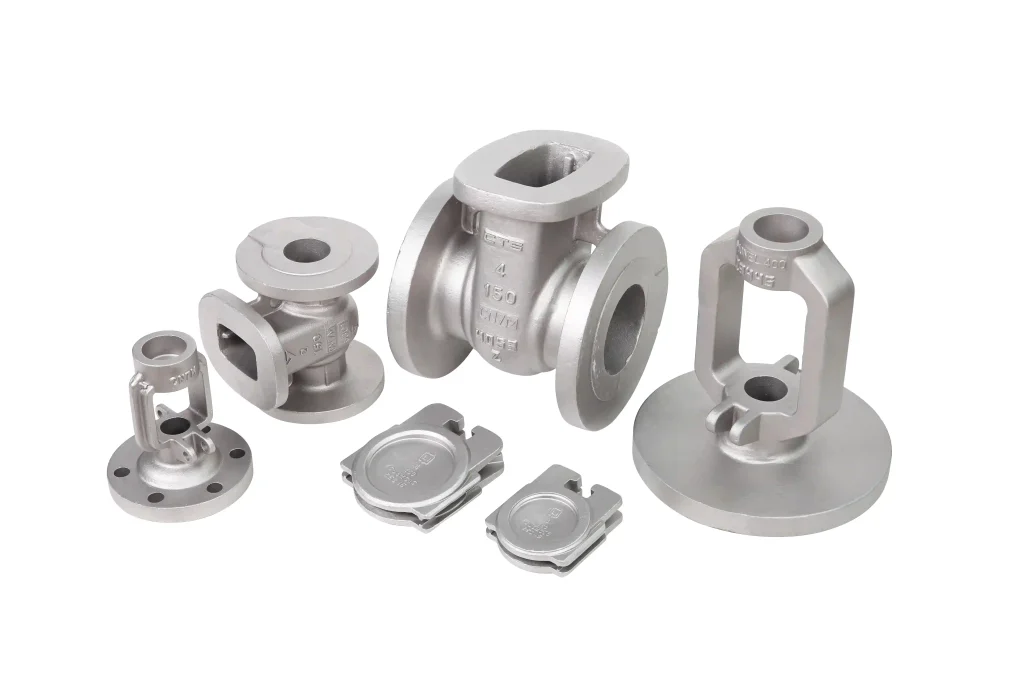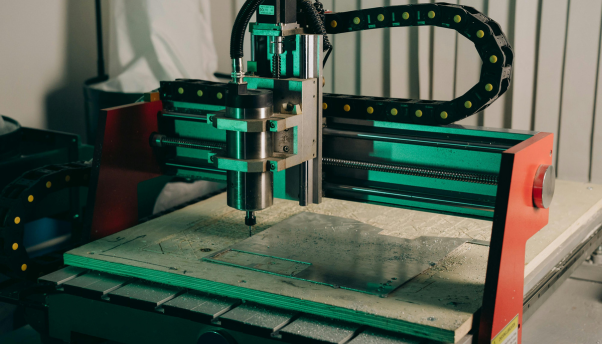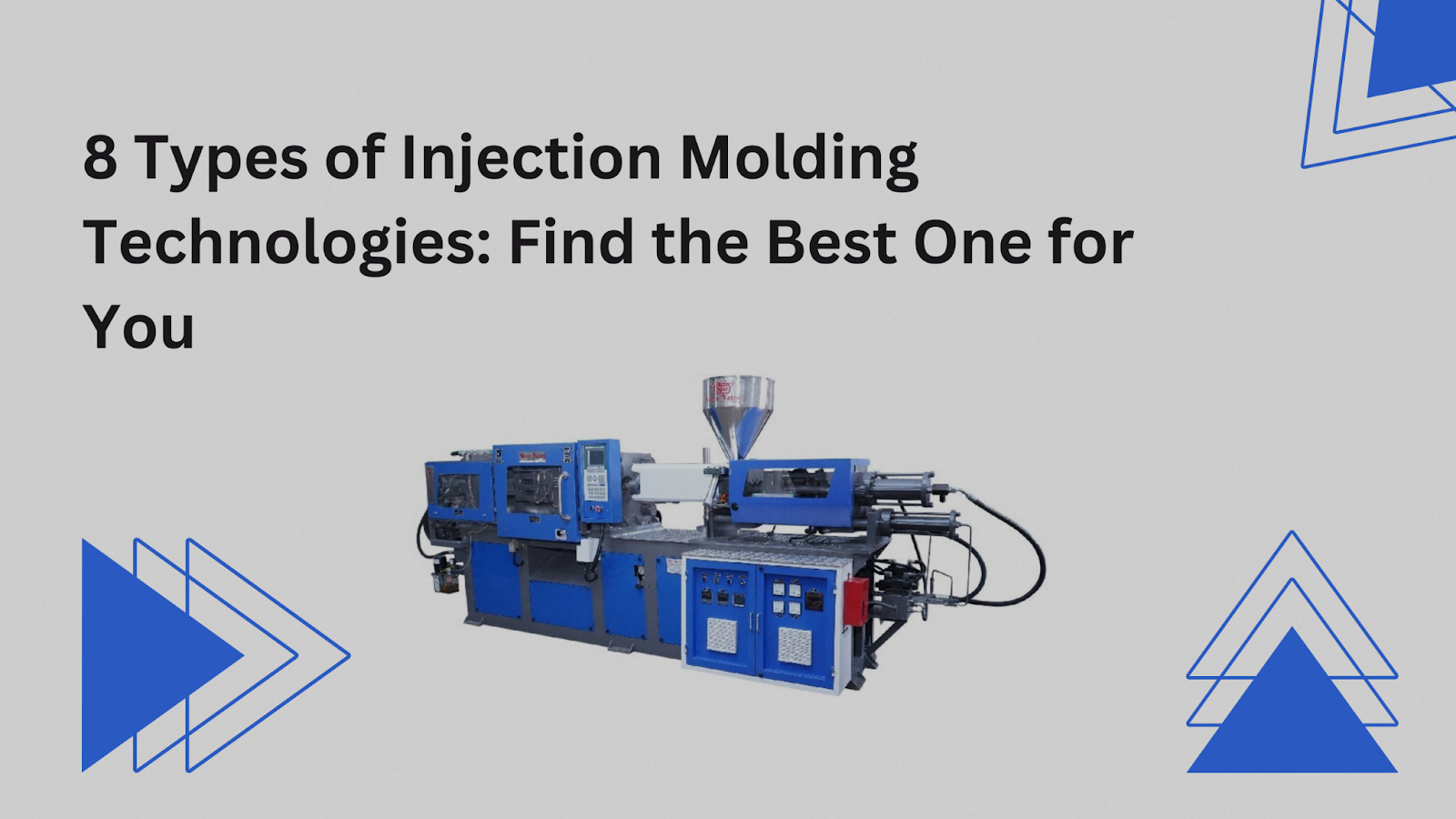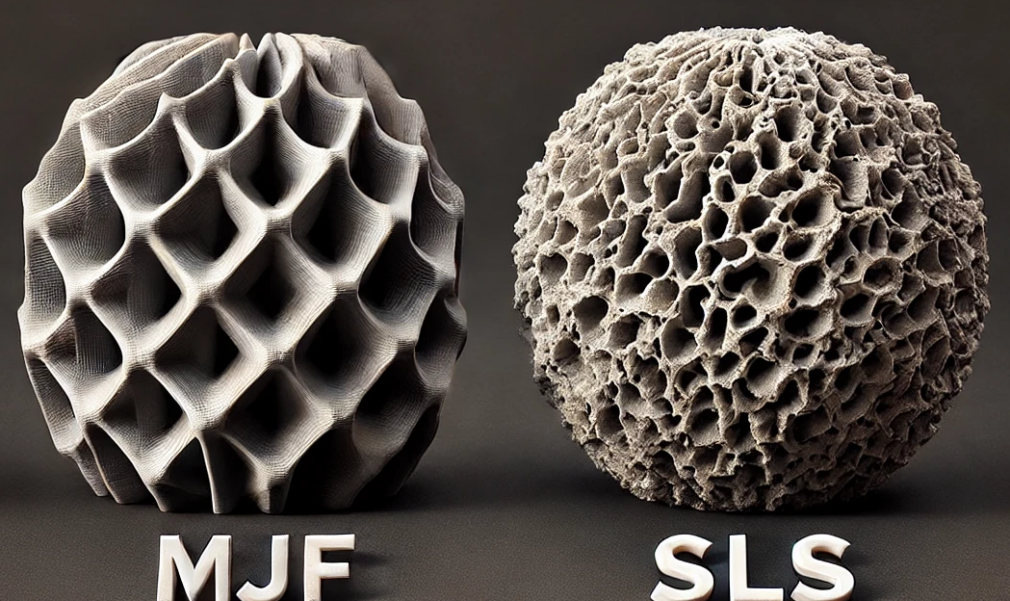Vacuum casting, also known as polyurethane casting, is mainly used for prototypes, single parts and small batches, and replicates almost all the properties of the injection molding process. Many of the products we use in our daily lives come from this process, the vast majority of which are applied to plastics.
Now let’s learn about the vacuum casting process, materials and optimization guidelines
What is vacuum casting
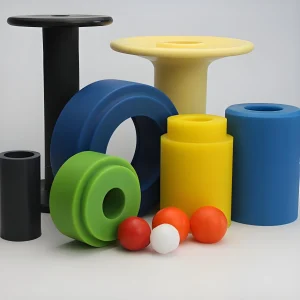
Vacuum casting is a manufacturing process used to produce small quantities of high-quality plastic or metal parts. It cannot be made without a mold, a process in which liquid plastic or metal is injected into a mold under vacuum conditions and then allowed to solidify (a mold is a tool used to create a shaped object). casting vacuum uses a vacuum to remove air from the mold, which helps ensure that the object takes the desired shape.
The advantage of this process is that it allows for the rapid production of bulk products, which is perfect for needs that require quick and large quantities, and it is faster and cheaper than other methods such as injection molding.
Vacuum Casting Processing Steps

1: Making the master model
Vacuum casting requires a high degree of precision in the model, so it is best to use CNC machining or 3D printing to create a high precision master model. This step is crucial in casting manufacturing, and it is best to polish the surface of the model.
2. Make the mold box
Design a mold box that can hold the master model. The mold box needs to leave enough space around the model to allow for a sufficient thickness of silicone. Seal any gaps to prevent leakage during the casting process. A well-prepared mold box is the key to achieving casting uniformity using the silicone mold process.
3. Secure the master mold
Placing the master model in the prepared mold box requires ensuring that it is properly hung and centered. This setup is critical to maintaining accuracy in vacuum casting manufacturing.
4. Mix and pour the silicone
Choose a high quality metal casting silicone mold or a standard mold to make silicone. Pour the silicone slowly onto the master model and allow it to flow naturally into every detail. Make sure the silicone is thoroughly mixed with its hardener to prevent defects.
5. Remove air bubbles with vacuum treatment
To ensure accuracy, it is also necessary to place the mold in a casting vacuum machine. The vacuum helps to eliminate air and reduce defects in the final mold.
6. Curing and demolding
The mold box is heated to 40°C and the heating time is adjusted to 8-16 hours (depending on the material) to allow for complete curing. After curing carefully remove the mold box and cut the mold to remove the master model.
7. Casting parts
The material (metals are heated to liquid state, plastics are blended directly) is injected into the mold, defoamed under vacuum and sealed for curing (metals are cooled and set, plastics are heated to 70°C for curing). According to our 10 years of production experience statistics, the mold is generally used 10-20 times (depending on the material, some materials can reach dozens of hundreds of times).
Note: beyond a certain number of times the precision of the product will be degraded.
Tolerances and Precision in Vacuum Casting
In vacuum casting, ensuring proper tolerances and accuracy is critical to achieving high-quality parts that meet functional requirements. Tolerances are affected by material properties, mold design and the vacuum casting process itself.
Tolerance Range
Typical tolerances for vacuum casting vary by material and process. In general, tolerances for plastic parts range from ±0.2mm to ±0.5mm per 100mm of part size. Tolerances may be slightly higher for more complex geometries or larger parts.
Factors That Affect Tolerances
-
Material Shrinkage
Materials such as plastics or metals used in vacuum casting will shrink slightly as they solidify. This must be taken into account when designing the mold to ensure that the part will conform to the desired dimensions. -
Mold Design
A well-designed mold is critical to achieving accurate tolerances. Proper gating, venting and cooling channels ensure uniform material distribution and reduce warpage or distortion that can affect dimensional accuracy. -
Cure Process
The temperature and duration of the cure process affect part accuracy. Improper curing can cause dimensional instability, resulting in parts that are out of tolerance. -
Vacuum Pressure
Maintaining proper vacuum pressure during the molding process ensures that air pockets are eliminated, helping to minimize defects and maintain part consistency.
Mold Design Principles for Vacuum Casting
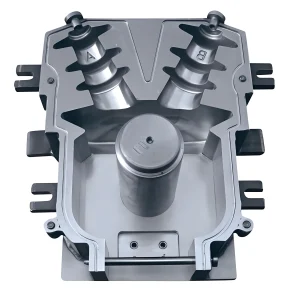
One design of the mold will directly affect the quality and productivity of the casting. Here are some key principles:
-
Accuracy: The design of the mold must be dimensionally accurate to ensure that the final product meets production standards.
-
Durability: The mold must also be able to be used for a long period of time and work properly every time.
-
Efficiency: A streamlined mold design is one that can shorten the production cycle and increase the overall manufacturing speed.
-
Flow Optimization: Proper gating and venting ensures even material distribution and avoids air pockets, thus reducing defects.
Material Selection for Vacuum Casting
Choosing the right material is a key to the success of the vacuum casting process. The material you choose will have a direct impact on the workability of the part and its longevity.
| Material Type | Material Name | Advantages and disadvantages | Common Parts |
| Plastics | ABS |
Pros: high strength, easy processing, low cost Cons: general temperature resistance (below 80°C) |
Shells, toys, appliance parts |
| PC (Polycarbonate) |
Pros: high transparency, impact resistance Cons: easy to stress cracking, need moisture treatment |
Lenses, shields, electronic parts | |
| POM (Polyoxymethylene) |
Pros: wear-resistant, high rigidity Cons: high shrinkage, easy to warp |
Gears, bearings, precision machine parts | |
| PA6 (Nylon 6) |
Pros: good toughness, wear resistance Cons: moisture absorption, poor dimensional stability |
Pulleys, pipes, industrial fittings | |
| PEEK |
Pros: high temperature resistance (260°C), chemical resistance Cons: expensive and difficult to process |
Medical implants, aerospace parts | |
| Cooking oil | Aluminum (A356) |
Pros: lightweight, corrosion resistant Cons: medium strength, prone to porosity |
Automobile wheels, aerospace structural parts |
| Stainless Steel (316L) |
Pros: high strength, corrosion resistance Cons: casting difficulty, high cost |
Medical devices, chemical equipment parts | |
| Magnesium alloy (AZ91D) |
Pros: super lightweight, good shock absorption Cons: oxidizes easily, needs surface treatment |
3C product housings, aerospace parts | |
| Titanium alloy (Ti6Al4V) |
Pros: ultra-high strength, biocompatible Cons: extremely difficult to machine, expensive |
Artificial joints, aero-engine parts | |
| Copper alloy (C93200) |
Pros: high thermal conductivity, wear-resistant Cons: high density, high cost |
Bearings, valves, electrical contacts |
Optimization Techniques for Vacuum Casting
Vacuum casting is a complex process in which optimization involves all aspects of production from material selection to process control. The following are some of the key areas of optimization that can improve part quality, reduce defects and increase efficiency:
1. Material selection and pretreatment
The first step in optimizing the vacuum casting process is to select suitable metal materials, which are then pretreated, such as composition analysis, heat treatment and machining, through which casting requirements are met. Pretreatment also improves grain size, organization and surface quality, improves liquid metal flow and reduces defects.
At Future Parts, we provide high-quality vacuum casting services. Our engineers conduct a comprehensive evaluation of your product to ensure every detail is precise and flawless, delivering exceptional quality.
2, process parameter optimization
Optimization of casting process parameters (e.g. melting temperature, pouring speed, etc.) is the key to improving casting quality and productivity. By reasonably adjusting these parameters, the casting effect can be improved and the cost can be reduced.
3, mold design and manufacturing
Mold design directly affects the casting quality and efficiency. Reasonable selection of mold materials, shape and size, and the use of advanced CNC technology to ensure the accuracy, wear resistance and service life of the mold.
4、Automated production equipment
Automated equipment improves production efficiency and quality stability. The automated pouring system ensures consistent pouring quality and reduces manual errors, thus improving production efficiency.
5、Energy saving and emission reduction measures
With the continuous improvement of environmental protection requirements nowadays, the foundry industry should adopt energy saving and emission reduction technologies, such as clean energy, waste recycling, new casting materials and processes, etc., to promote green casting and reduce an impact on the environment.
Advantages and Disadvantages of Vacuum Casting
Advantages:
-
Improved Product Quality
The vacuum casting process removes gas from the cavities to achieve a denser internal structure, thereby reducing internal porosity and surface oxide content. This results in a 10-15% increase in strength and a more even distribution of hardness, which improves the overall product quality. -
Reduced Defect Rate
Vacuum casting technology not only allows precise control of the solidification process, but also ensures a finer and more uniform crystalline structure. This effectively reduces defects such as shrinkage holes and cracks, helping to improve part quality. -
High Material Utilization
Through continuous optimization the scrap rate is greatly reduced due to the reduction of bubbles and defects, which allows for better and more efficient use of materials, resulting in improved resource utilization and cost effectiveness.
Disadvantages:
-
Higher Equipment Investment
Vacuum die casting system needs more special vacuum pump, sealing device and some complex control system, so compared with other casting methods, the initial investment will become higher. -
Strict Maintenance Requirements
Vacuum die casting uses a very complex equipment, because will often be exposed to high temperature and high pressure, so need regular maintenance. Moreover, the equipment will be easy to corrode and oxidize, so continuous maintenance is essential to ensure the service life and efficient operation of the equipment.
Summary
Vacuum casting is a very efficient process for the production of small quantities and high quality parts. By removing some of the internal air through the use of a vacuum, precise molding can be ensured and some defects can be reduced. To achieve the best a result, key factors such as material selection, mold design and optimization of process parameters will be more important.
The advantages of this process are short production time and low cost, making it ideal for rapid prototyping and small batch production. For those who require high precision and reliable output, our vacuum casting service offers tailor-made solutions to meet your specific requirements.

